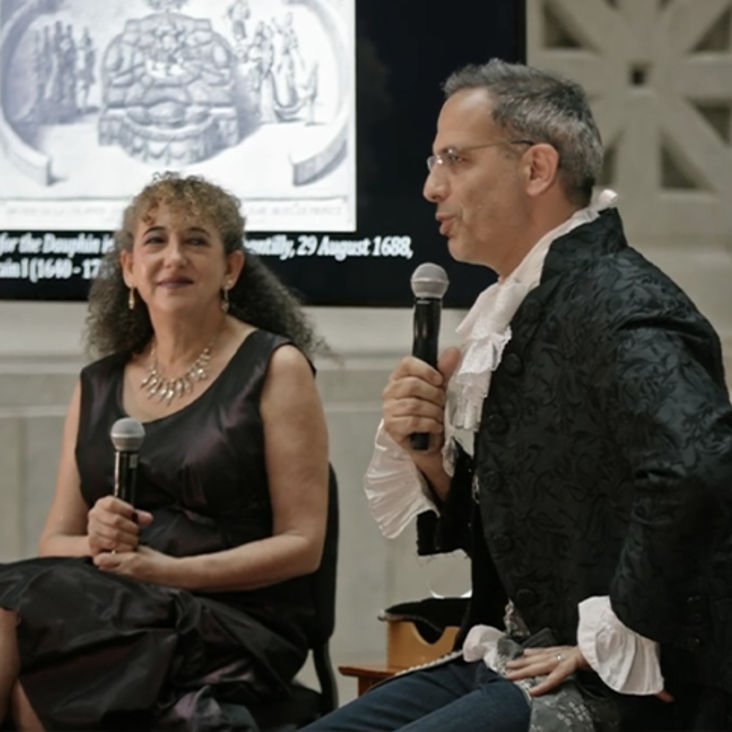On April 29, Deborah L. Krohn, BGC Associate Professor, organized the symposium “Kitchen and Table in Early Modern Europe and Colonial America” at the Bard Graduate Center. The symposium is the starting point for a large exhibition that is scheduled to open at the BGC Gallery in 2017.
What was the Kitchen and Table Symposium? Why was it important?
The symposium was a preliminary sounding of the vast waters of a topic which has preoccupied me for some time, and which will be the subject of an exhibition. In lining up the day’s speakers, I wanted to raise questions and interweave multiple narratives about the places and spaces of food preparation and service in Europe and the American colonies between 1400 and 1750. As a metaphor, the kitchen signifies a place of creativity, of becoming, of transformation. Kitchens are often the nerve centers of domestic structures, playing multiple roles, often providing spaces for comfort, conviviality, and confabulation, as well as food preparation. Survival of kitchens is fragmentary, often the part of a palace or a house to be re-modeled to keep pace with stylistic and technological change while more public areas are preserved, especially when they feature significant decoration. These public zones — the hall, the chapel, the parlor, the study, and so on, — are the object of study for most of us who work in the areas of history of decorative arts and material culture, but the early modern kitchen remains under-represented in these fields, both because of the nature of the remaining evidence as well as the lingering perception in academia that scholarship related to food is trivial.How did you get interested in this project?
I was interested in using cookbooks and recipe collections to explore the how the objects we use for food service – which make up a lot of what we find in decorative arts departments of museums – were in fact used, or not, in their own time. Descriptions of the functions for pieces of earthenware, silver, porcelain and glass, to name just a few materials, were either vague or totally absent. Once I started reading these fascinating sources, it opened up a whole new world that I’ve been able to explore through teaching as well as in my research. Who were the people involved?
I was fortunate to be able to lure a roster of internationally recognized cultural historians and curators who have published on related topics to speak here. Allen Grieco is senior research associate at the Villa I Tatti in Florence and is one of the founders of the field of food history – he talked about saltcellars. Melissa Calaresu is a reader at the University of Cambridge – she talked to us about street food in early modern Italy. Bernie Herman is professor of American Studies at the University of Carolina, Chapel Hill and told a fascinating story of the comparative foodways of an English colonist and the native inhabitants of the Eastern Shore of Virginia in the early seventeenth century. Sara Pennell teaches at Roehampton University in London and focused activities other than cooking that took place in kitchens using legal records as a source. Ivan Day is well known as a scholar, broadcaster and writer, but he is also a wonderful cook and confectioner, uniquely combining book-learning and empirical knowledge. He talked about staging the kitchen in museums and historic houses.Where will this lead?
It is my goal to put this history back on the map in terms of serious scholarly and curatorial attention through an exhibition and catalogue. Through a variety of objects, from illustrated manuscripts and books, ceramics, glass, metalwork, including tools, and paintings, the exhibition will tell the story of the material world of the kitchen and table in early modern Europe. I am on research leave in 2013-14, and have received a fellowship at the Italian Academy for Advanced Studies at Columbia University for Spring 2014. The release time will allow me to move full speed ahead on this project.




